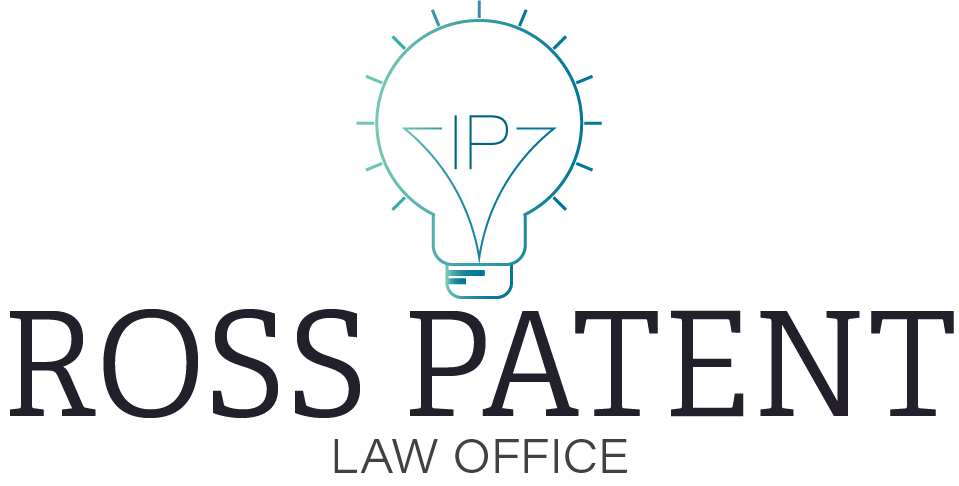A Beginner's Guide to Trademarks: Understanding Trademark Law and Basics
Trademarks play a crucial role in protecting the identity and goodwill of a business. A trademark is a recognizable sign, design, or expression that distinguishes products or services of a particular source from those of others. It is vital for businesses to understand the importance of trademarks in establishing brand identity and consumer trust. By registering a trademark, a business can protect its brand's reputation and prevent others from using similar marks.
What is a Trademark and Why is it Important?
Definition and Importance of Trademarks
A trademark serves as a symbol of the quality and origin of goods or services offered by a business. It can be in the form of a word, phrase, logo, or a combination thereof. The primary purpose of a trademark is to uniquely identify a business and its offerings in the marketplace.
Benefits of Having a Trademark
One of the main benefits of having a trademark is that it grants the owner exclusive rights to use the mark in connection with specific goods or services. This legal protection helps in preventing others from using a similar trademark that could potentially confuse consumers.
Difference Between Trademarks and Other Forms of Intellectual Property
While trademarks protect brand identities, patents safeguard inventions, and copyrights cover original works such as literary or artistic creations. Understanding the distinctions between these forms of intellectual property is crucial for businesses to protect their creations effectively.
How to Register a Trademark
Trademark Registration Process Explained
The registration process for a trademark involves submitting an application to the appropriate patent and trademark office. This process typically requires detailed information about the mark, including its description, intended use, and the categories of goods or services it will represent.
Steps Involved in Registering a Trademark
Before applying for a trademark, it is essential to conduct a thorough search to ensure that no similar trademark already exists. The application process may vary based on the jurisdiction, but generally involves filing the necessary forms, paying the required fees, and responding to any official actions from the trademark office.
Common Mistakes to Avoid During the Trademark Registration Process
One of the most common mistakes in trademark registration is failing to conduct a comprehensive search to check for existing trademarks. It is also crucial to provide accurate information in the application and respond promptly to any office actions to avoid delays in the registration process.
Types of Trademarks to Consider
Different Categories of Trademarks
Trademarks can be categorized into various types based on their distinctiveness and scope of protection. These categories include descriptive marks, suggestive marks, arbitrary marks, and fanciful marks. Understanding these categories can help businesses choose the most suitable type of trademark for their products or services.
Exploring Unconventional Trademark Options
In addition to traditional word marks and logos, businesses can explore non-traditional trademarks such as sound marks, motion marks, and color marks. Adopting unconventional trademarks can set a business apart from competitors and create unique brand recognition.
Understanding the Importance of Non-Traditional Trademarks
Non-traditional trademarks are gaining popularity in the world of trademarks due to their ability to create a strong brand association with consumers. While unconventional, these marks can provide significant competitive advantages and enhance brand visibility in the market.
Trademark Law: What You Need to Know
Overview of Trademark Laws in the U.S.
Trademark law in the United States is governed by federal statutes and regulations that protect trademark rights and prevent infringement. Understanding the legal framework surrounding trademarks is essential for businesses to safeguard their intellectual property.
Key Concepts in Trademark Law
Key concepts in trademark law include likelihood of confusion, genericide, and dilution. These concepts dictate the scope of protection offered to registered trademarks and help in resolving disputes related to trademark infringement.
Enforcement of Trademark Rights and Legal Protection
Upon registration of a trademark, the owner gains the legal right to protect their trademark from unauthorized use. In case of infringement, trademark owners can take legal action to enforce their rights and seek remedies such as injunctions and damages against the infringing party.
The Role of USPTO in Trademark Registration
US Patent and Trademark Office (USPTO) Functions and Responsibilities
The United States Patent and Trademark Office (USPTO) is the federal agency responsible for granting trademark registrations in the U.S. It examines trademark applications, maintains the official trademark database, and ensures compliance with trademark laws and regulations.
How to File for Trademarks with USPTO
Businesses seeking registration of a trademark with the USPTO must submit a comprehensive application that meets the office's requirements. This includes providing a clear representation of the mark, specifying the goods or services associated with the mark, and paying the requisite fees associated with the registration process.
Fees Associated with Trademark Registration through USPTO
The USPTO charges various fees for trademark-related services, including application filing fees, maintenance fees, and fees for requesting extensions or amendments. Understanding the fee structure is essential for businesses planning to register their trademarks with the USPTO.



